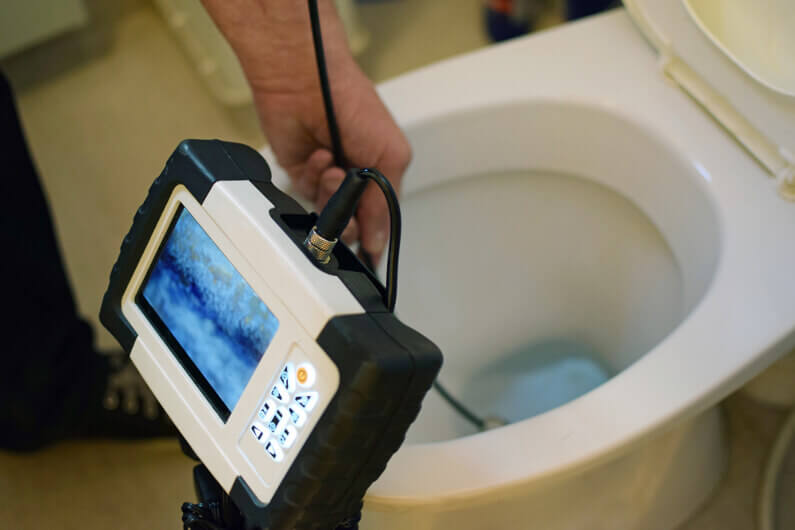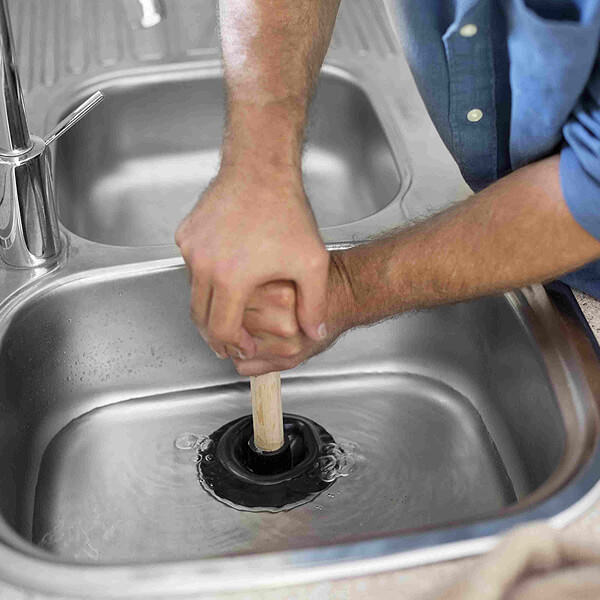What're your thoughts on Some easy tips to fix blocked drains?

Intro
Taking care of an obstructed drainpipe can be a discouraging experience, disrupting everyday tasks and possibly triggering damages to your home. However, prior to reaching out to pipes professionals, there are steps you can require to address the issue yourself. In this overview, we'll check out do it yourself options and safety nets to tackle an obstructed drain properly.
Determining the Concern
The very first step in attending to an obstructed drainpipe is acknowledging the signs. Slow-moving drainage, gurgling noises, foul odors emanating from drains pipes, or water support up are common indicators of an obstructed drainpipe. Recognizing these indicators early can aid protect against better complications.
Common Reasons For Obstructed Drains
Comprehending the variables that add to drain blockages is essential for reliable resolution. Usual perpetrators consist of hair, soap scum, grease, food particles, and international items like hygienic items or paper towels. Tree origins getting into underground pipelines can also trigger considerable blockages.
DIY Solutions
For minor obstructions, numerous do it yourself services can be efficient. Pouring boiling water down the drain can help dissolve oil and particles. Baking soda and vinegar or a combination of salt and cooking soft drink can serve as natural cleansers. Utilizing a bettor or plumbing snake to displace blockages is another alternative.
Tools and Devices
Having the right tools on hand can make do it yourself drain cleaning more effective. A plunger is a flexible device for getting rid of blockages in sinks, bathrooms, and showers. A pipes serpent or auger can get to deeper clogs, while drain cleaning chemicals can be used cautiously for stubborn clogs.
Preventive Measures
To prevent future obstructions, taking on safety nets is crucial. Mount drain guards or strainers to capture hair and debris before they get in the pipes. Regularly flush drains with warm water to dissolve grease accumulation, and avoid disposing of oil or strong waste away.
When to Call a Professional
While DIY options can deal with minor clogs, certain indications suggest the need for expert support. Consistent clogs, foul odors in spite of cleaning initiatives, or multiple drains supporting concurrently are warnings that necessitate professional intervention.
Selecting the Right Pipes Solution
When choosing a pipes service, consider aspects such as experience, licensing, and customer reviews. Select a reputable plumbing professional with a record of high quality craftsmanship and clear pricing techniques.
Expense Considerations
The cost of professional drainpipe cleaning company can vary relying on the intensity of the blockage and the plumbing professional's rates. Request quotes from numerous service providers and ask about any kind of additional charges to guarantee openness and stay clear of shocks.
Security Measures
When trying do it yourself drainpipe cleansing, prioritize security. Use safety handwear covers and eyewear to stay clear of contact with harmful chemicals or bacteria. Never mix different drain cleaning products, as this can produce hazardous fumes.
Instance Studies
Real-life instances show the effectiveness of DIY options and the significance of timely professional intervention in dealing with drainpipe clogs.
Final thought
By complying with the suggestions laid out in this overview, you can efficiently deal with blocked drains and protect against future pipes issues. Whether opting for DIY options or seeking professional aid, prompt action is vital to preserving a healthy and balanced plumbing system and protecting the stability of your home.
How to Clear a Clogged Drain Yourself (And When to Call In the Professionals)
What Can Clog a Drain
Dirt Skin flakes Hair Grease Soap scum Food Offset pipes Tree roots Small objects Mineral buildup DIY Tricks to Unclog a Drain
You can fix this! Once you have identified the source of the clog (or have a vague idea), you can try one or a combination of these fixes in order to clear your plumbing.
Wire Hanger or Snake
Untangle and clear out hair from a drainpipe with a homemade snake. Use a straightened-out wire hanger with a 90-degree angle hook to locate the clog and drag out any unwanted material.
Remember not to push the clog further down to where the wire hanger cannot reach! If you need to follow up with a plunger, give it a try. Your efforts might be more successful after it’s been wire-snaked.
If you want to get fancy and don’t have a wire hanger to spare, head to the store and pick up a hand-operated drain snake. You can get one for $10-$30. It may save you the hassle, and provide additional length to reach deep into the clogged pipe.
Plunger
A cup plunger has a suction cup attached to a wooden handle. The rubber creates a seal around the drain, and increases the pressure force of the plunger.
Plunge for 30-second increments to loosen the clog. This may need to be repeated over the course of 15-20 minutes. Once plunged, run the water to flush the remaining material out of the drain.
Remember– never use a plunger if you have used a chemical drain cleaner. These chemicals can splash up from the force of the plunger and cause serious injury or burns.
Boiling Water
Hot water can sometimes break up materials into a flushable amount. Dirt, grease, and soap buildup requires heat in order to unstick from surfaces.
Take your kitchen kettle and heat your water to a boil. Once it reaches a rolling boil, pour it directly down the drain into the blockage. Carefully follow with plunging, if necessary.
Don’t worry if this takes more than one try! It can often take multiple kettles and repeated plunging in order to clear a particularly stubborn clog.
Chemical Drain Cleaner
As a last resort, pick up a bottle of chemical drain cleaner. Drain-cleaning chemicals are potent, and not very good for the environment.
You may need to wear protective eyewear in gloves before handling your bottle of chemical drain cleaner. Follow the instructions printed on the bottle, and flush with water as soon as the instructions allow. Do not follow with plunging.
Baking Soda and Vinegar
As a safer alternative to chemical drain cleaner, baking soda and vinegar can create a chemical reaction that clears tough clogs.
Combine one cup of cleaning vinegar with one cup of boiling water, and set aside. Once you have done this, pour half a cup of baking soda down the drain. Give the baking thirty seconds to settle and cover a large portion of the problem drain.
Following the baking soda, pour down your vinegar and hot water solution. Once the vinegar and baking soda combine, the mixture will bubble and fix. Let this reaction fizzle in the drain for about an hour.
After an hour, follow with a kettle’s worth of hot water. The heat and liquid should flush out any remaining material.
When to Call a Plumber
If your DIY attempts haven’t cleared your clog drain, it’s time to call in a professional. It’s not worth losing access to your kitchen sink or high-traffic bathroom. A clog in a vital area can keep you from the things you’d rather be doing, and derail your routine.
Anytime a clog is causing water to spread is a time to call in a plumbing service. What starts out as a little bit of water can quickly grow into serious, expensive water damage.
Additionally, a serious clog can result in burst pipes or serious leaks. Make sure you know when to take it seriously!
https://myguysnow.com/how-to-clear-a-clogged-drain-yourself-and-when-to-call-in-the-professionals/

I was guided to that article on Tips for Dealing with Clogged Drains and Sewer Lines from a good friend on another web page. In case you enjoyed reading our page please remember to pass it around. Thanks for taking the time to read it.
Click Here